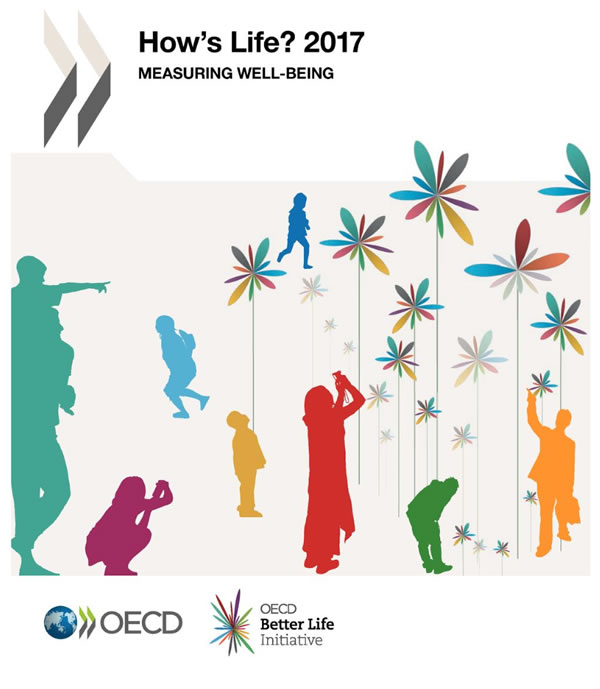Work life balance in Belgium is better than in many other OECD member countries with only 4% of employees regularly working 50 hours or more per week in 2016, a third of the OECD average of 12%. That said, a mere 0.2% of employees in the Russian Federation usually work more than 50 hours, and just 0.5% in the Netherlands.
In contrast, 34% of Turkey’s employees regularly worked 50 hours or more in 2016, the highest share in the OECD. In second place comes Mexico at 30%.
This represents just one set of comparative data taken from the Organisation for Economic Cooperation and Development’s (OECD’s) latest How’s Life? report. This 462-page biennial statistical document takes a close look at those challenges in society that affect wellbeing and opportunities, such as divisions in income, age, birthplace, gender and education.
It charts the promises and pitfalls for people’s wellbeing in 35 OECD countries and 6 partner countries, comparing resources and risks for current and future wellbeing for each individual country according to numerous comparative indicators: from educational expectancy and obesity prevalence to greenhouse gas emissions, household debt and trust in the police and national Government.
Looking at the time devoted to leisure and personal care (including sleep, eating, hygiene, exercise, time spent with friends and family and personal travel time) amongst full-time employees, the French come out top at 16.4 hours per day, and the Latvians bottom at 13.8 hours per day.
On life expectancy at birth, Japan is top at 84 years. Somewhat contradictory to this, however, those in Japan who perceive their health status as “good” or “very good” is way down the scale, only just above Korea which shows the lowest percentage for this indicator.
Perceived health status is below the OECD average in various European countries, including: France, Germany, Italy, Portugal, Poland and Slovenia. And above average in countries including Denmark, Finland, Belgium, Greece and Luxembourg.
For the full report, go to http://www.keepeek.com/Digital-Asset-Management/oecd/economics/how-s-life-2017_how_life-2017-en#.WjFoI3mWymR#page376
